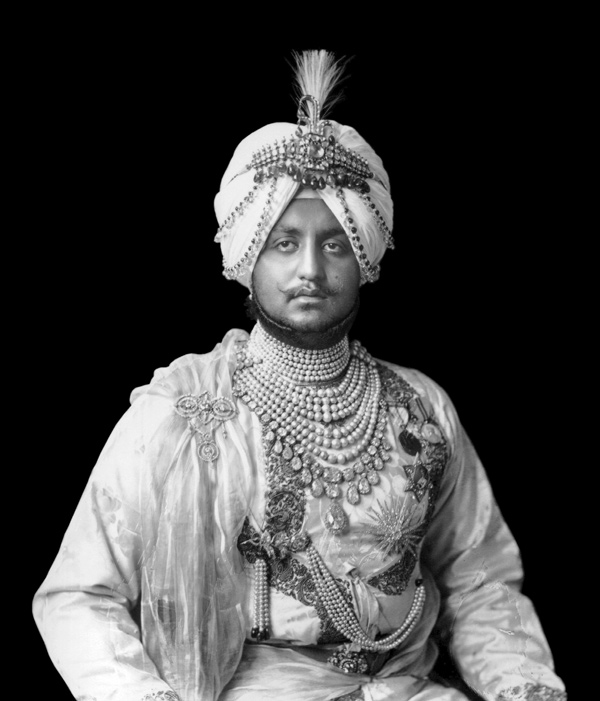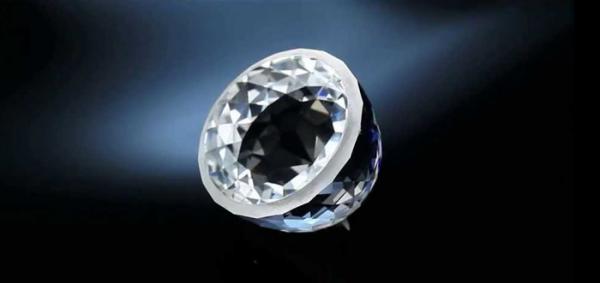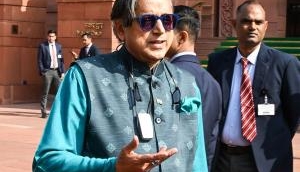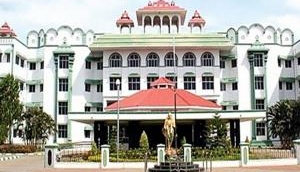
Recently, a group of Indians planned to reclaim the Kohinoor diamond from the British Queen by carrying out legal proceedings. The attempt has been made at a time when Prime Minister Narendra Modi is on a three-day visit of United Kingdom starting from today, 12 November.
While this controversy has cropped up, here is a look at other such items which were taken away from India and can be claimed back.
Tipu Sultan's sword
The sword of the 'Lion of Mysore' which has Tipu Sultan's name engraved on it along with words from Holy Quran, was taken away by the British after they defeated and killed him.
It was captured by Arthur Wellesly who then gave it to Charles IV, Duke of Richmond, who then gifted it to the Maharaja of Mysore. However, it later disappeared during the 1920s and was displayed at the Royal Museum in London.
It was bought by Indian businessman Vijay Mallya in 2003 for 1.57 crore during a private auction in London.
Patiala Necklace

File Photo
The necklace containing 2,930 diamonds was specially made for Maharaja Bhupinder Singh of Patiala in 1928. It was created by the House of Cartier and had the world's seventh largest diamond, 428 carat de beers, as its centerpiece.
Reportedly, the necklace disappeared in the year 1948 and was then discovered in bits and pieces after that. A part that had gone missing from the necklace was found at a second hand jewellery store in London in 1998 and was purchased by Carties. They restored it to its original form by using synthetic diamonds.
The Nassak Diamond
Also known as the 'eye of the idol', the Nassak diamond originated in India during the 15th century and was found at an Amaragiri mine in Mahbubnagar area of the current state of Telangana. It was kept in the Tribankeshwar Shiva Temple of Nashik from 1500 till 1817.
The diamond was captured by the British East India Company during Third Anglo-Maratha War which then sold it to British jewellers in 1818.
After that, it was imported in United States in 1927 and was considered as one of the 24 great diamonds of the world. Passing through different hands, the diamond was finally bought by Edward J. Hand from Greenwich, Connecticut in 1970.
The Great Mogul Diamond

File Photo
It was reportedly discovered in the year 1650 around Kollur Mine region in Golconda. 17th century French gem merchant Jean-Baptiste Tevernier described it as a gem in the shape of an egg cut through the middle.
The diamond was first gifted to Emperor Shah Jahan by Emir Jemia. It was taken away when Persian ruler Nadir Shah invaded India. However, in 1747, it disappeared mysteriously after Shah's assassination.
The Great Mogul was never found again but there are various speculations around it, including the one which claims that the Kohinoor diamond was cut from it.
The Sultanganj Buddha
Reportedly the largest known metallic structure from India, the Sultanganj Buddha statue is said to have been made between 500 to 700 AD. The 2.3 meter tall and 500 Kilogram statue was first discovered in Sultanganj at Bhagalpur district of Bihar in 1861.
It was discovered by railway engineer EB Harris who then sent it to Birmingham. Since 1998, the statue is displayed at Birmingham Museum and Art Gallery and attracts Buddhists from West-midland based people.








![BJP's Kapil Mishra recreates Shankar Mahadevan’s ‘Breathless’ song to highlight Delhi pollution [WATCH] BJP's Kapil Mishra recreates Shankar Mahadevan’s ‘Breathless’ song to highlight Delhi pollution [WATCH]](https://images.catchnews.com/upload/2022/11/03/kapil-mishra_240884_300x172.png)

![Anupam Kher shares pictures of his toned body on 67th birthday [MUST SEE] Anupam Kher shares pictures of his toned body on 67th birthday [MUST SEE]](https://images.catchnews.com/upload/2022/03/07/Anupam_kher_231145_300x172.jpg)






